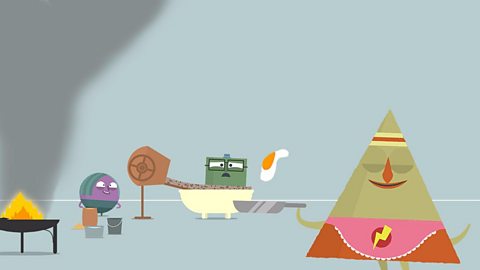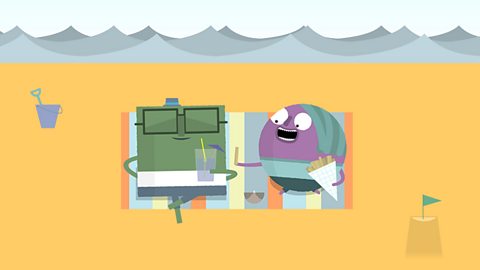Learn about everyday uses of materials.

Types of materials
Materials have different properties that make them useful for different jobs.
Metals
Most metals are strong, hard and shiny materials that can be hammered into different shapes without breaking. They are good conductors of heat and electricity and some are magnetic. Their properties make them useful for objects such as cutlery, saucepans, cars and coins.
Plastics
Plastics are materials made from chemicals and are not found in nature. They are strong and waterproof. They can be made into any shape by applying heat. Plastics are not magnetic. They are good insulators and don't conduct heat or electricity. They're used to make things like bags, bottles and toys.
Glass
Glass is made by melting sand and other minerals together at very high temperatures. It is normally transparent and can be made into different shapes. Thick glass can be strong, but thin glass breaks easily. It’s used for objects that need to be transparent, such as windows and spectacles.
Wood
Wood comes from trees. It is strong, flexible and long-lasting. It is an insulator of heat and electricity. It’s used to make things such as furniture.
Fabrics
Fabrics are made from thin fibres woven together. Different fabrics have different properties. They can be stretchy (a pair of tights), insulating (a woollen coat) or absorbent (a towel). Fabrics are used to make clothes as they are flexible, warm and do not wear out easily.

Times tables 1-12!
Practise the times tables with our songs, videos and quizzes

More on Materials
Find out more by working through a topic
- count2 of 8

- count3 of 8

- count4 of 8

- count5 of 8
